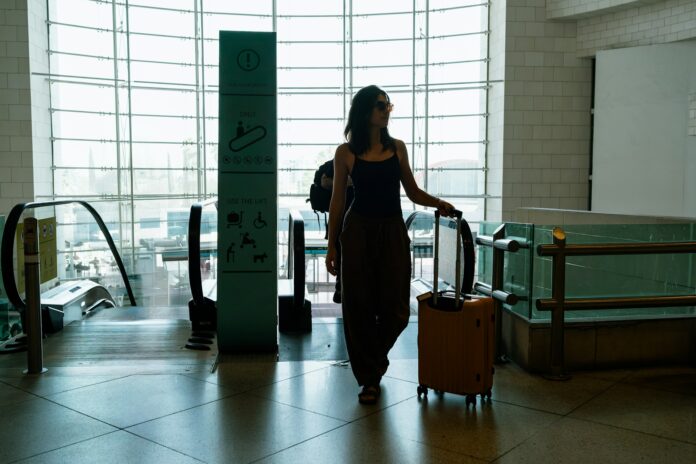Travelling presents unique opportunities to explore new environments, immerse in diverse cultures, and create cherished memories with loved ones. However, for families with a child on the autism spectrum, it may also mean dealing with additional challenges.
Given the sensory sensitivities, reliance on routine, and communication difficulties often associated with autism spectrum disorder (ASD), navigating the complexities of travel can be overwhelming. But with careful planning, understanding, and patience, families can indeed enjoy fulfilling adventures together.
With that help ABA Centers of Florida, here are 8 essential tips to make travelling with a child on the autism spectrum more comfortable and enjoyable.
Plan & Prepare
Travelling with your ASD child can be challenging, but if done with appropriate planning can be a very fulfilling and fun time for the family. This involves researching destinations, transportation, and accommodation for autism-friendliness.
Familiarise your child with the journey by discussing the itinerary, using visuals like pictures, videos, or social stories about the places you will visit. The more your child knows about what to expect, the easier it will be to manage anxiety about the unknown.
Part of this preparation is taking care of practical details, such as having a UK child travel consent letter ready when travelling, which can help avoid unnecessary stress or delays. After this: This involves researching destinations, transportation, and accommodation for autism-friendliness.

Maintain Routine
Children with ASD often rely on predictable routines to navigate their day. Try to mimic your child’s daily routine as much as possible during your travels. Consistency in meal times, bedtime routines, and regular activities can offer a sense of stability amidst the unpredictability of travel.
Pack Sensory Tools
Sensory overstimulation can be a common challenge for children with ASD. Packing a sensory toolkit can be a lifesaver. This may include noise-cancelling headphones for loud environments, a weighted vest or blanket for comfort, fidget toys for self-soothing, and favourite items that provide familiarity and comfort.
Choose Quiet Times
Travelling during off-peak times can reduce exposure to large, noisy crowds, which can be overwhelming. Choose early morning or late-night flights, and visit popular tourist spots during non-peak hours. Consider accommodations away from bustling areas.
Allow For Downtime
Busy travel schedules can lead to sensory overload. To prevent this, build downtime into your itinerary. This could involve quiet time in a park, relaxing at the hotel, or a soothing activity that your child enjoys.
Read: The Best UK road trips to do with the kids before they grow up
Communicate Regularly
Keep your child informed about the day’s plans, changes, or transitions. You might use a visual schedule, pictures, or symbols to help explain these aspects of the trip. Encouraging your child to express their feelings or concerns can also help you address their needs promptly.

Seek Out Autism-Friendly Attractions
Many attractions and companies now offer autism-friendly environments, from sensory rooms to quiet hours. Do some research to find these places in your destination. Moreover, these venues often provide staff trained to assist families with special needs, making your trip smoother.
Practice Flexibility
Despite all the planning, things may not always go as expected. Be prepared to adapt. If a particular activity or environment becomes too challenging, it’s okay to change plans. Remember, the goal is to create positive travel experiences for your family.
The Bottom Line
Travelling with a child on the autism spectrum may present its unique hurdles, but it is certainly not impossible. The experiences and memories you create during your travels can be incredibly rewarding for the entire family.
Preparation, routine, communication, and flexibility are key. The sensory challenges, while important, are just one aspect of your child’s experience. Your empathy, understanding, and support make the real difference. So go ahead, plan your journey, and start building those invaluable family memories, one adventure at a time.
*The information and advice provided in this article are intended for informational purposes only and not as a substitute for professional medical advice or individualised support. Each child on the autism spectrum is unique, and what may work for one individual may not necessarily apply to another. Always consult with a healthcare professional or a qualified therapist to best address the specific needs and challenges of your child. The authors and publisher of this article shall not be held liable for any consequences that may arise from the use or misuse of the information provided herein.*




